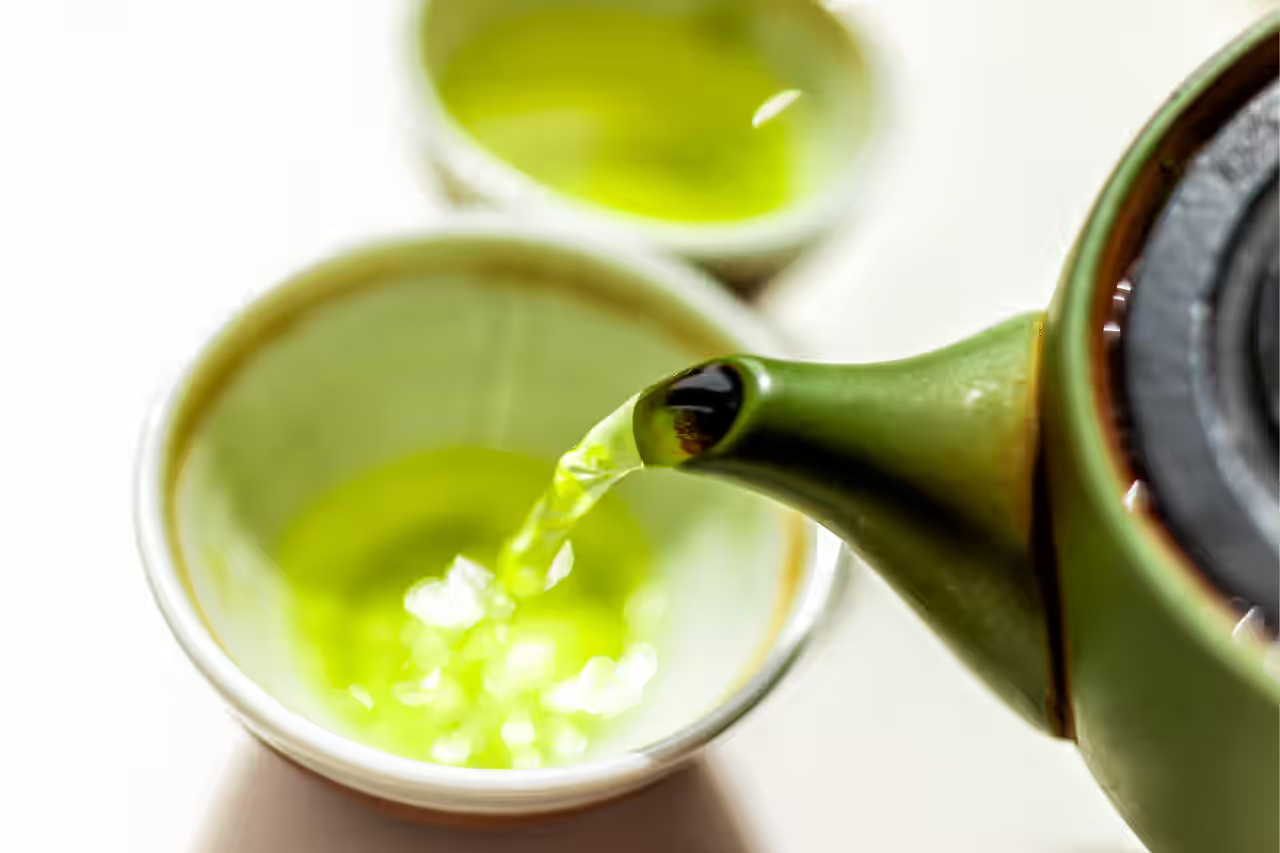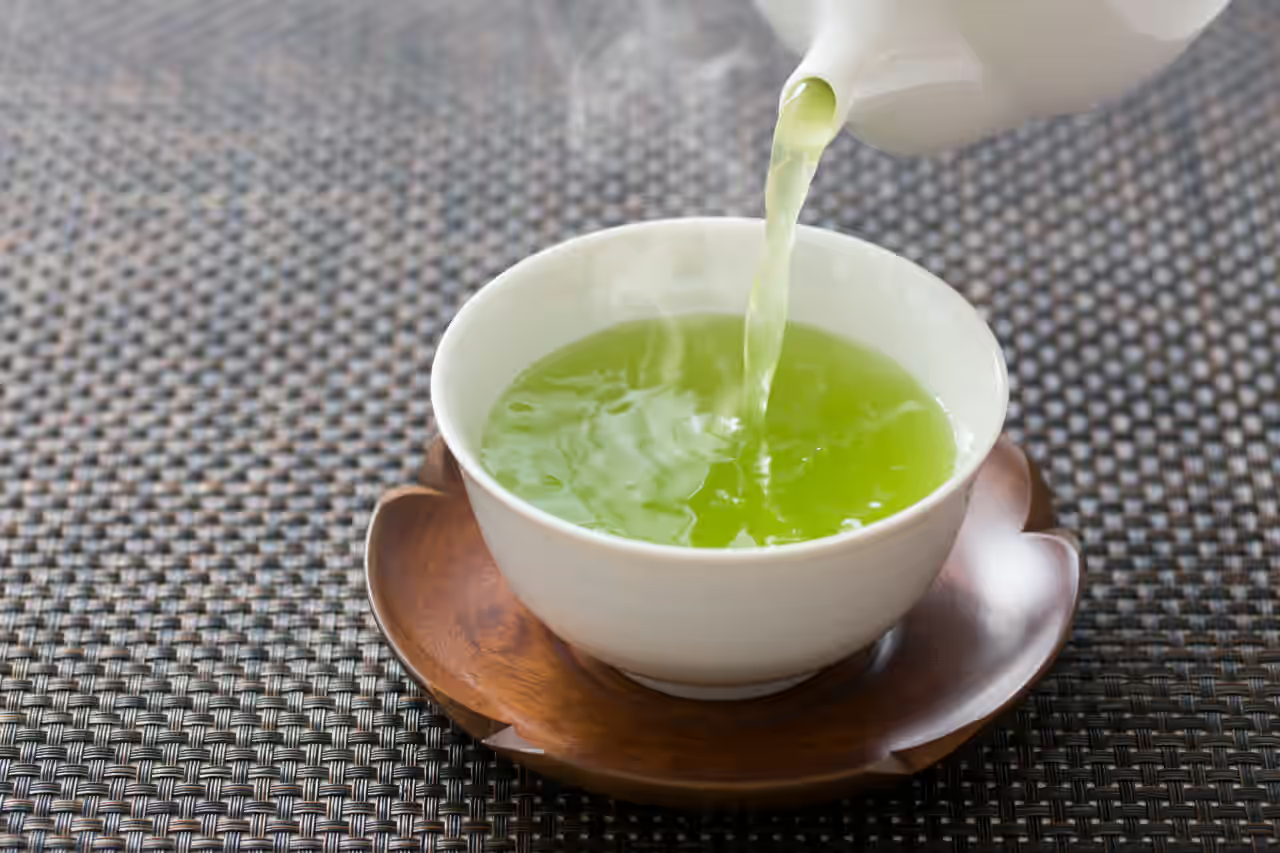sencha tea vs matcha Secrets
sencha tea vs matcha Secrets
Blog Article
This exploration has get rid of light-weight over the distinct properties of Matcha and Sencha, two titans from the inexperienced tea planet. We’ve delved into their processing techniques, uncovering how shade-expanding imbues Matcha with its lively color and concentrated nutrients, when Sencha’s Sunshine-kissed leaves offer a lighter, more vegetal style profile.
It can be aromatic and refreshing and since it is assessed like a form of green tea, it might have a wide array of caffeine written content, in order to make your sencha tea to suit your personal wants.
One more variance may be the deep environmentally friendly shade that tea powder must have, because of the stored chlorophyll in the tea bushes. Minimal grade matcha will probably become a murky swamp color as an alternative to a lively eco-friendly.
Its beneficial compounds can assist to assist collagen generation and lessen the looks of wonderful traces and wrinkles.
Matcha can be a form of inexperienced tea that may be produced by finely grounding green tea leaves into a powdered type. The results with the powdered eco-friendly tea are activated once the matcha powder has actually been whisked into sizzling water (not steeped), along with the drink gets to be frothy.
Grinding up sencha (even if you are able to develop as wonderful like a powder as matcha demands) will only cause sencha powder. This can in no way be matcha.
The caffeine content in Sencha tea can provide a normal Power Improve without resulting in a crash that could be affiliated with other caffeinated beverages. It might help make improvements to alertness and mental clarity without having triggering negative Unwanted effects.
In comparison to other matcha vs sencha tea nutrients inexperienced tea types, sencha is shaded for a brief time or not at all. It can be thoroughly grown during the Sunshine all 12 months round. This will increase its vitamin C written content, but lowers the amino acid theanine and caffeine.
Loose leaf tea in the shape of sencha was popularized in Japan only during the seventeenth century, as a simple alternate technique for consuming tea. Study more details on the sencha background in our short article Background of Senchado.
China is credited with introducing tea to Japan during the 7th century. Considering the fact that then, a singular tea culture has developed.
Sencha tea is often when compared with Japanese green teas, like Matcha and Gyokuro, but some crucial discrepancies exist. Matcha is made from ground tea leaves, and Gyokuro is shaded in advance of harvesting, Whilst Sencha is made from unshaded tea leaves and is typically less costly than Gyokuro.
The shading lowers the level of sunlight which the tea crops receive. Consequently, slowing their growth will increase chlorophyll output from the leaves. It ends in a greener coloration and a far more fragile flavor.
Shaping: Traditional procedures may contain shaping the leaves into needles or flats, influencing the final infusion power.
From the north, we perform with farmers like Mr. Masuda and the spouse and children of Sato who develop typically Yabukita sencha tea. This tea plant wide range holds up far better on the colder winters of Shizuoka, as being the leaves are thicker and more immune to frost.